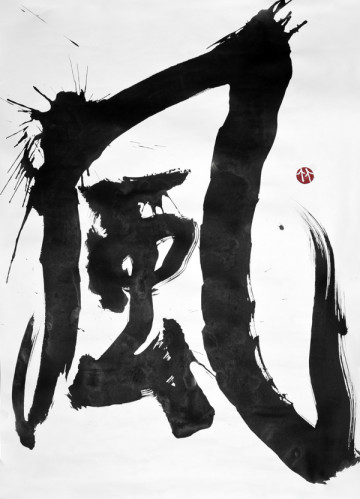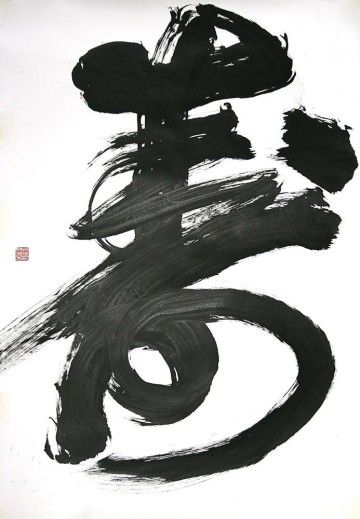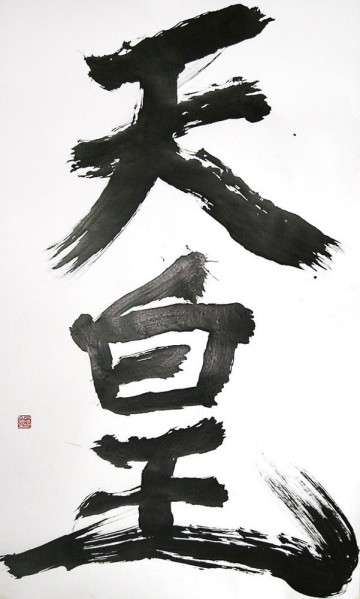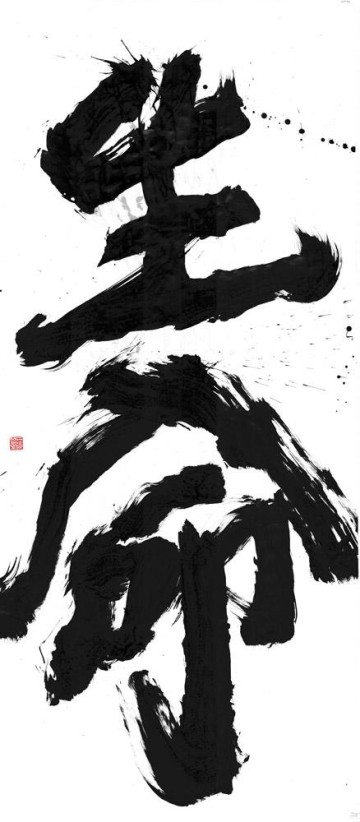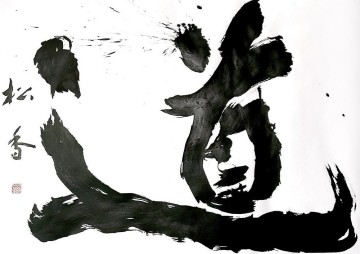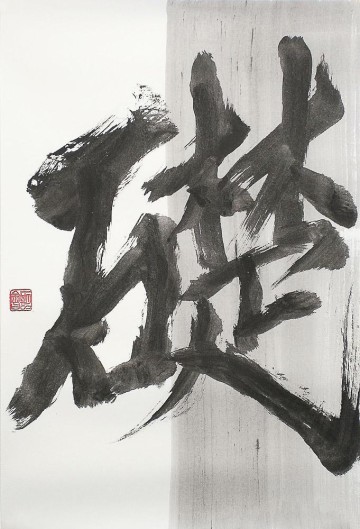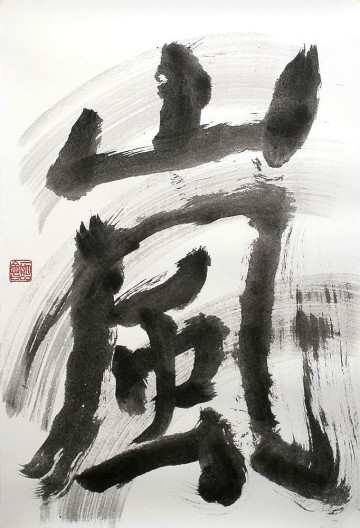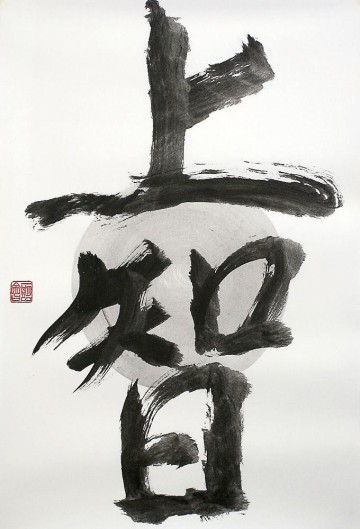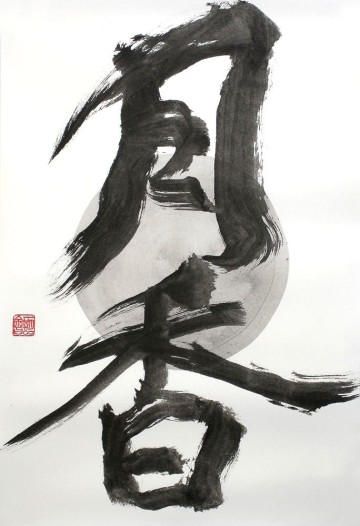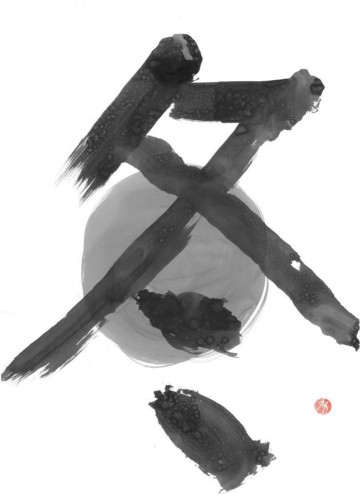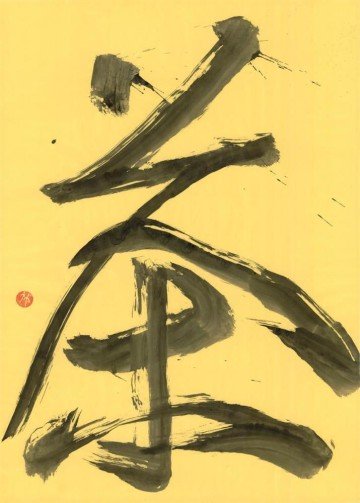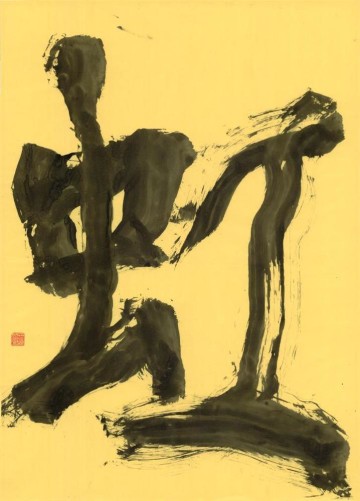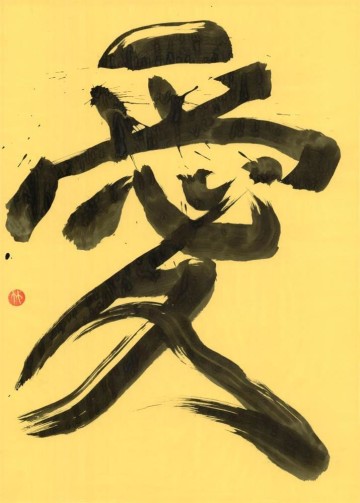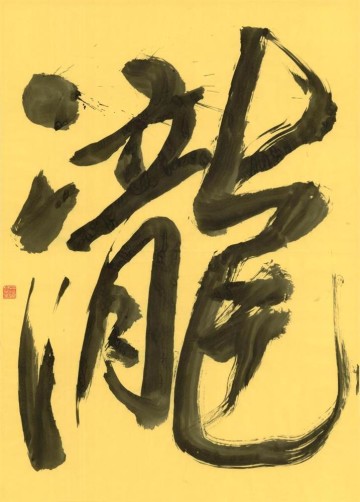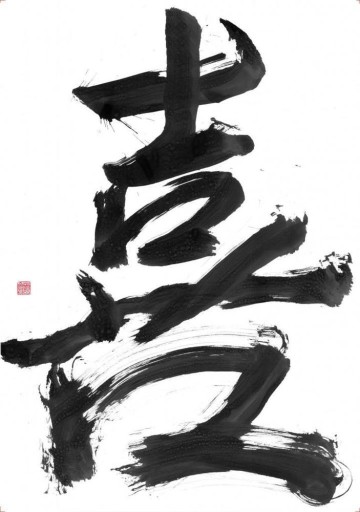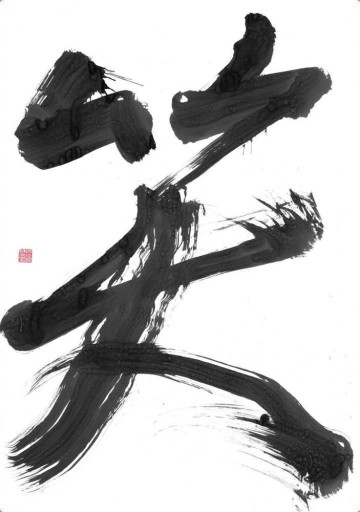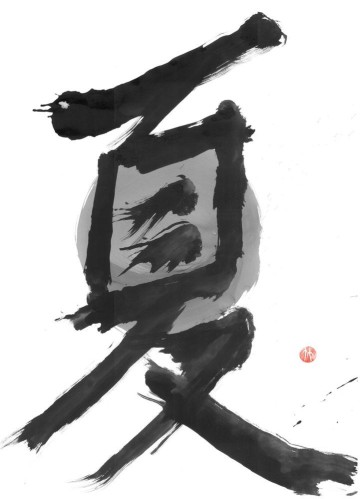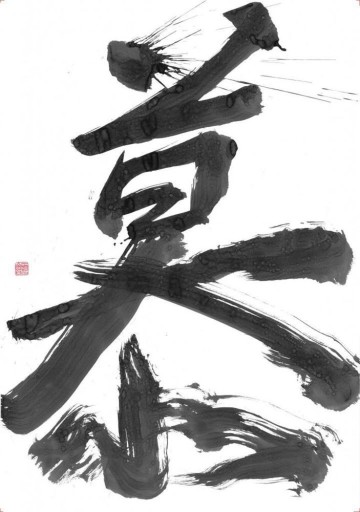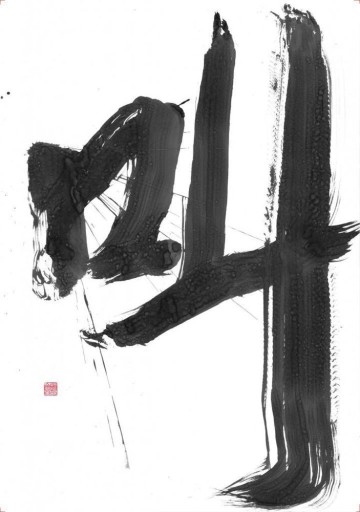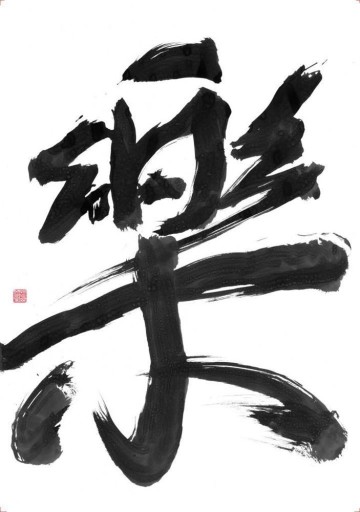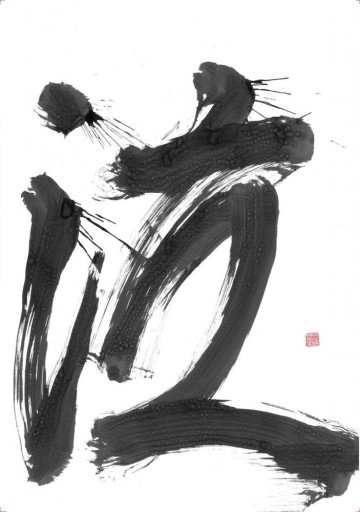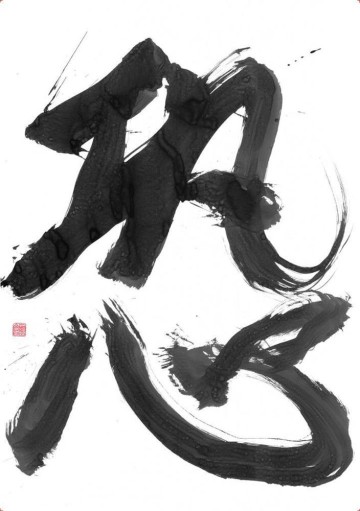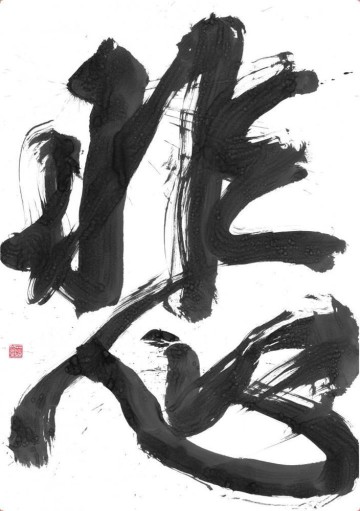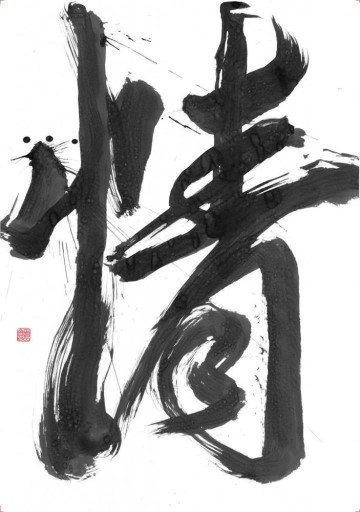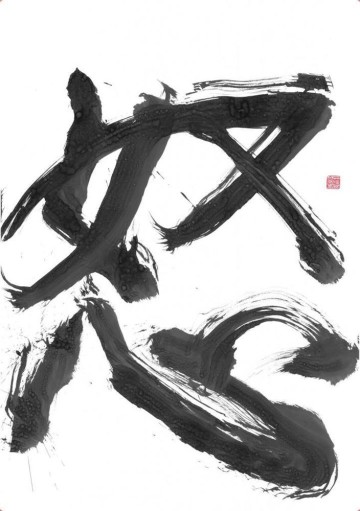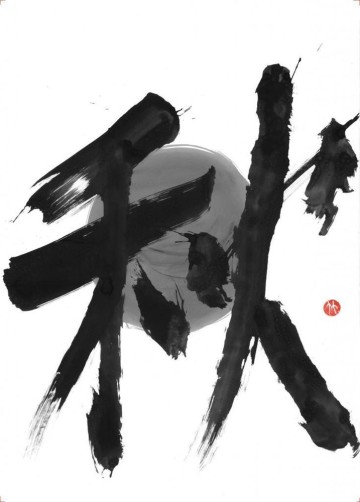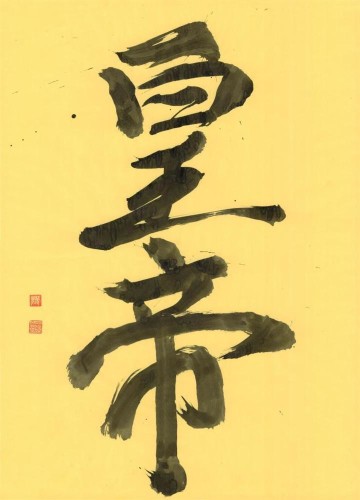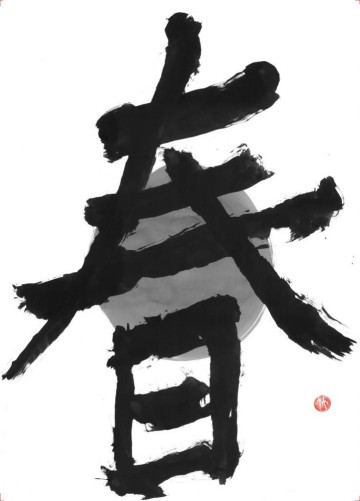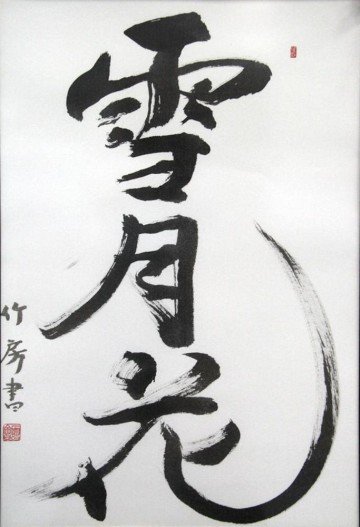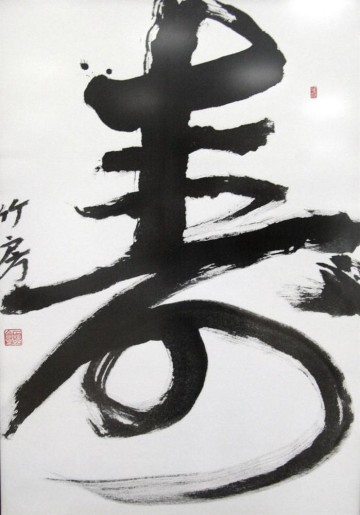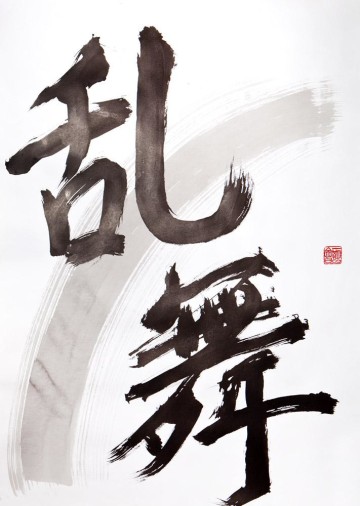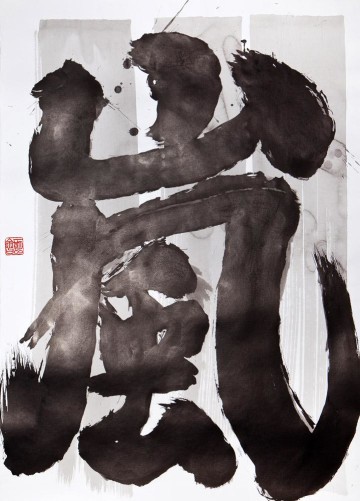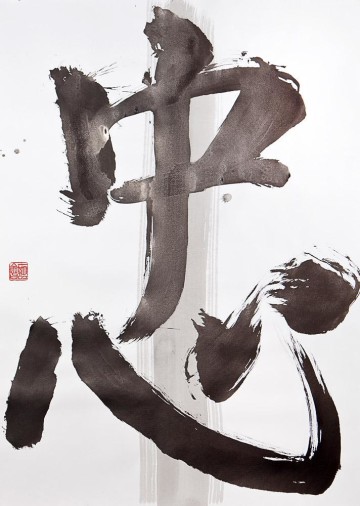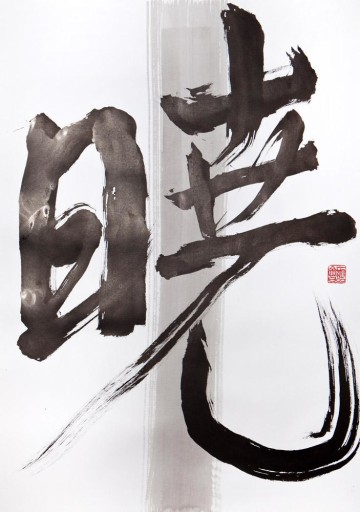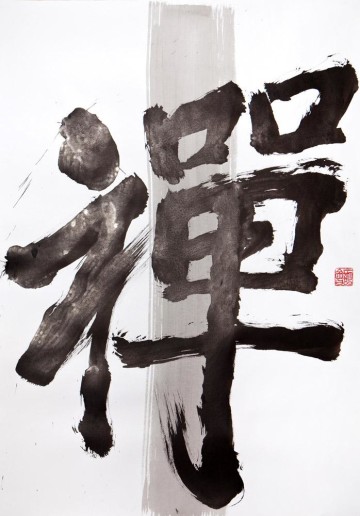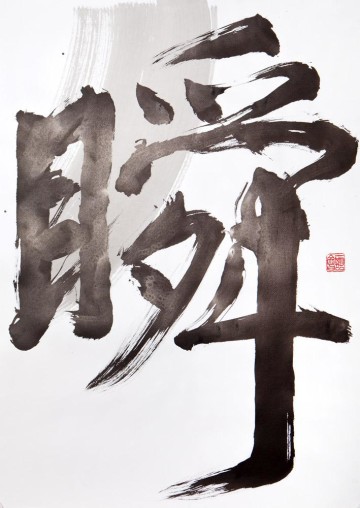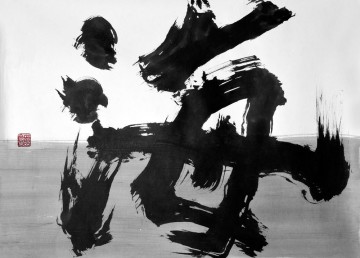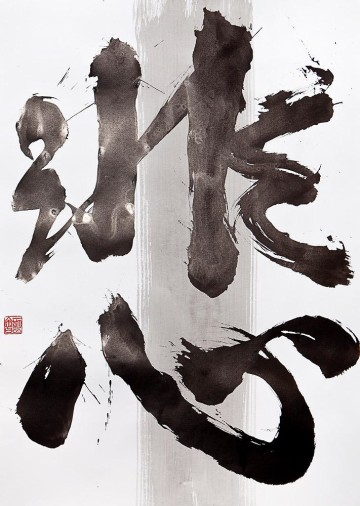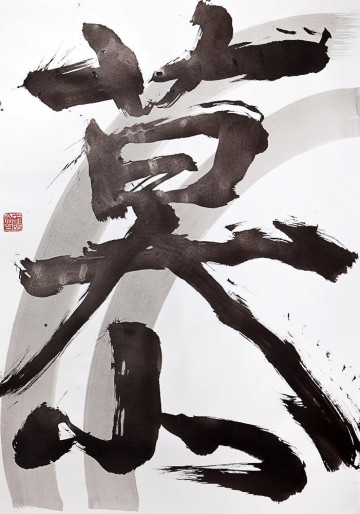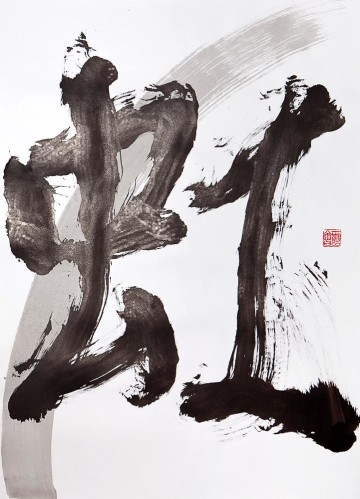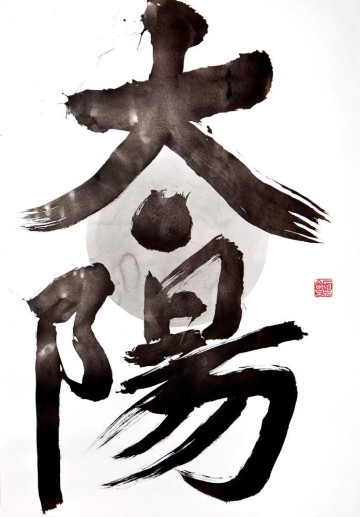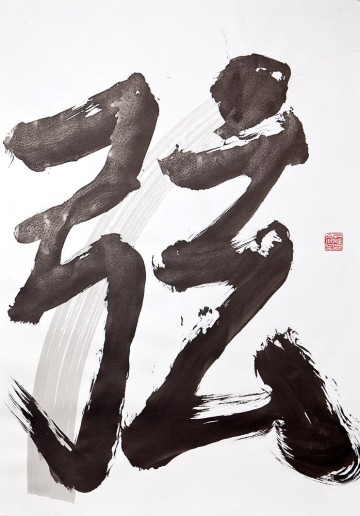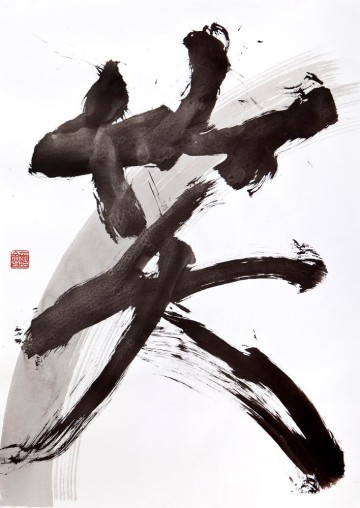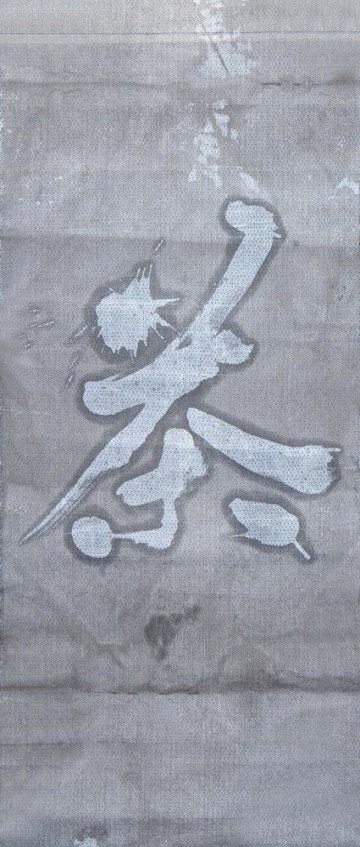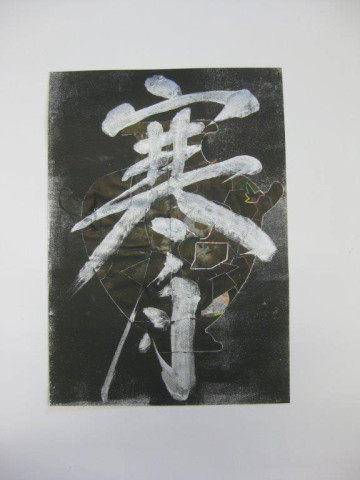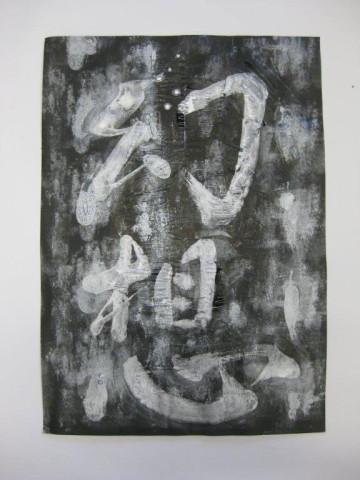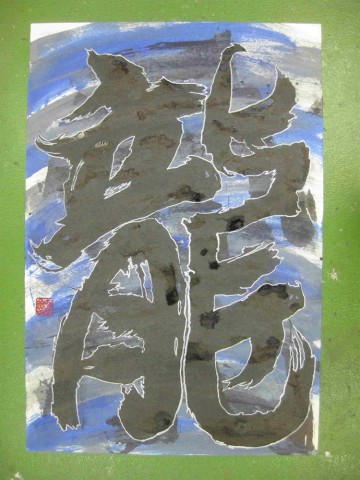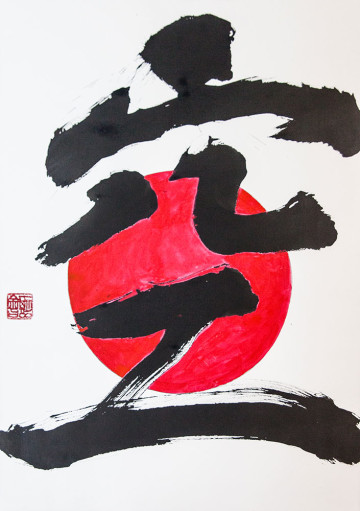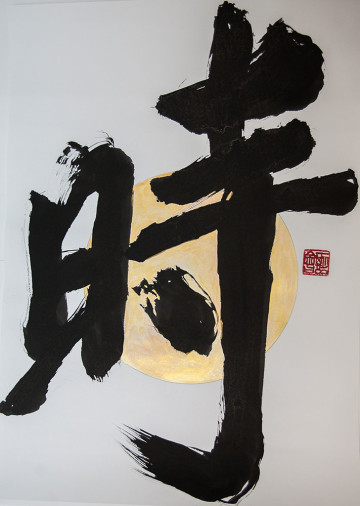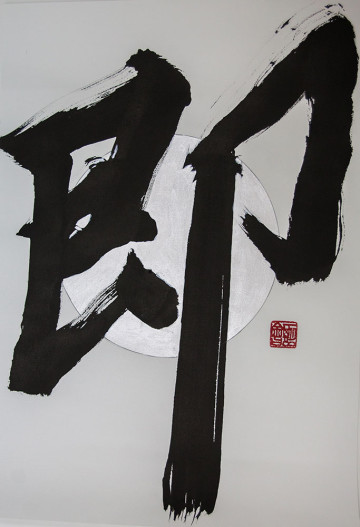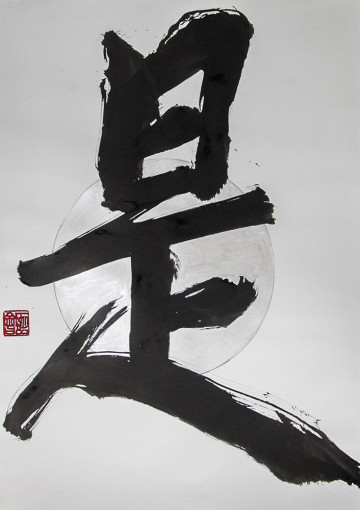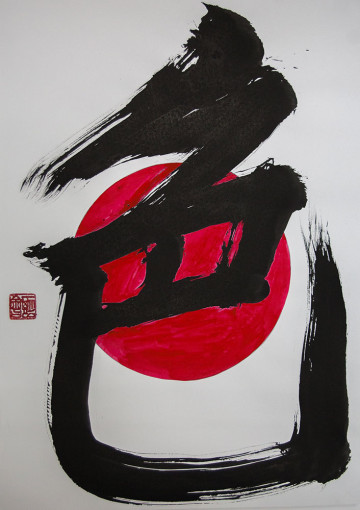指原 建英
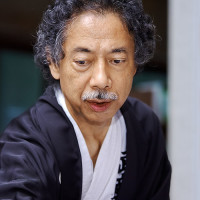
指原 建英
东京,日本
书法家、艺术家
Japanese calligraphy
Calligraphy has been popular in Japan since the Nara period (710 – 794). The Japanese language uses not only Chinese characters but also two other sets of Japanese characters called Hiragana and Katakana. Hiragana is a set of Japan′s indigenous characters, developed around a thousand years ago during the Heian period (794 – 1185). Katakana has just as long a history.
Some Japanese calligraphers and psychologists have written books on the examination of our personality through calligraphy. Just as Western companies have employed handwriting analysts to help them select the best individuals for executive posts, the Japanese have traditionally expected their leaders in any field to display fine, composed script. This stems from the belief that brush strokes reveal the state of the body and subconscious mind - its strengths and weaknesses - at the moment the brush is put to paper. It has also been held that the subconscious can be influenced in a positive manner by studying and copying consummate examples of calligraphy by extraordinary individuals. Japanese tradition teaches that by using this method, we can cultivate strength of character akin to that of the artist being copied. Since shodo is an art form, it′s not strictly necessary to be able to read Chinese characters, or the Japanese phonetic scripts of hiragana and katakana, to admire the dynamic beauty of shodo. Within Japanese calligraphy, we find essential elements that constitute all art: creativity, balance, rhythm, grace, and the beauty of line. These aspects of shodo can be recognized and appreciated by every culture.
One of the key areas of importance in calligraphy is the crispness of stroke endings. When there is doubt in your mind, your brush strokes look dull. During calligraphy practice, you should be so concentrated on each stroke that all thoughts on work disappear from your mind, helping you achieve a healthy state of spirit.
The action of drawing a brush stroke is like skiing down a slope. When you are certain of yourself, you can ski exactly as you intend. You are concentrating solely on reading the conditions of snow surfaces and skiing accordingly. When any other thoughts are occupying your mind, you will lose balance and fall over.
Japanese calligraphy is called “Shodo” in Japanese. The “do” ending is also shared in the names of many other traditional cultures such as Judo, Kendo and Aikido. It represents fields aimed at not only improving specific skills but also bringing spiritual enlightenment. They are intended as a means of pursuing mental concentration and personal integrity.
